All in a Day
Photographers document 24 uninterrupted hours of life on the Hill.
Read The StoryHear from eight faculty members on the secrets of their craft.
Kenyon students thrive because they are challenged to see the world in different ways by professors who are dedicated mentors as well as masters of their subjects. They guide, push, listen and encourage, asking big questions in the company of students with the goal of exploring their ideas.
Here, eight faculty members discuss the secrets of their craft, their favorite classes to teach and their collaborate approaches to learning that define the Kenyon experience.
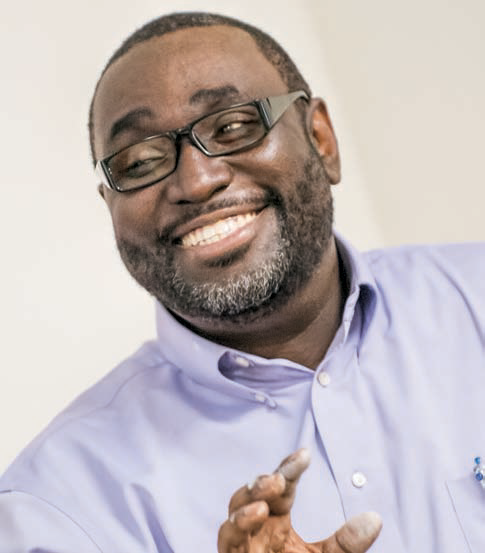
Professor of Neuroscience Hewlet McFarlane on Kenyon Summer Scholars, who receive stipends to pursue self-designed projects under the guidance of professors. McFarlane directs Camp 4, a summer program that immerses high school students in the Kenyon experience.

Professor of Political Science Fred Baumann on teaching “Quest for Justice,” a first-year seminar that grapples with big questions about truth, beauty and equality.
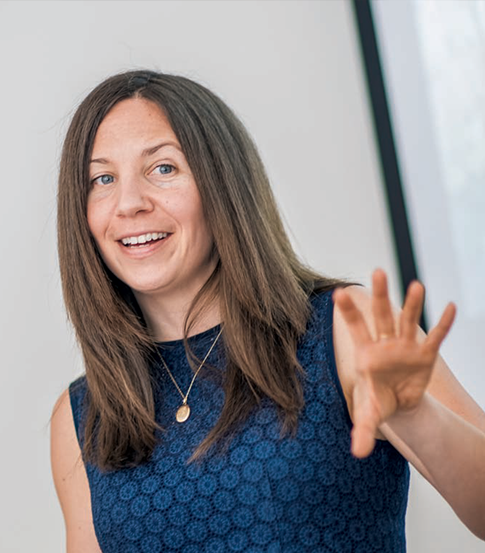
Associate Professor of Classics Zoë Kontes on teaching her favorite course, “Illegal Antiquities.” She has participated in excavations in Cyprus, Greece and Sicily.
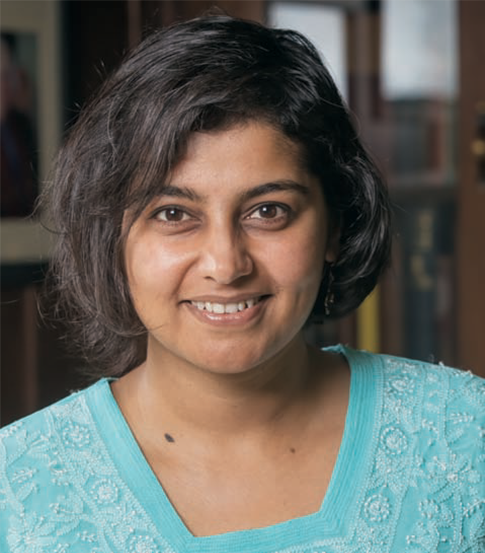
Assistant Professor of English Pashmina Murthy, an expert in postcolonial and transnational studies who teaches “Gender Benders” and “Writing the Global City.”

Associate Professor of Physics Tom Giblin, who uses powerful software developed at Kenyon to guide his student researchers in creating models that may yield insights about the early universe.
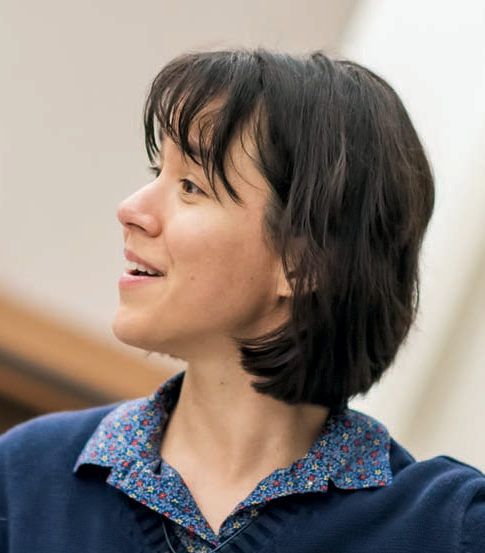
Associate Professor of Mathematics Marie Snipes on developing a set of lessons that engages students in creative data-driven projects with the support of a National Science Foundation grant.
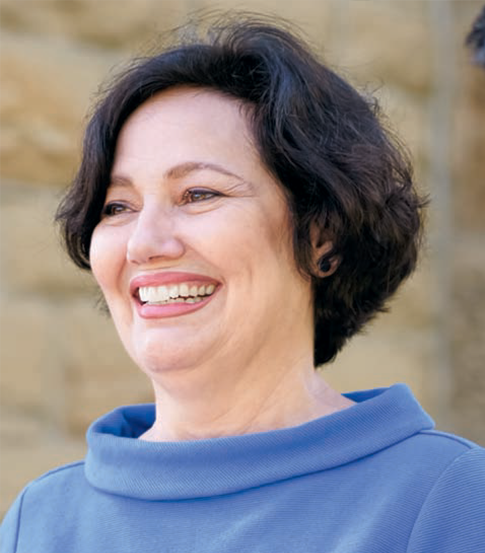
Professor of Spanish Clara Román-Odio on the intensive learning model adopted by the modern languages and literatures department, which offers classes in Arabic, Chinese, French, German, Italian, Japanese, Russian and Spanish.

Professor of American Studies Peter Rutkoff, who specializes in African American cultural studies, on the success of the Kenyon Academic Partnership, which he founded to introduce Ohio high school students to Kenyon coursework.
Photographers document 24 uninterrupted hours of life on the Hill.
Read The StoryThese students are claiming their places in the workforce — interning in the industries they one day hope to…
Read The StoryPolitical photojournalist Erin Schaff '11 tells the stories behind her headline-making images.
Read The StoryGo behind the music with Nick Petricca '09 of Walk the Moon, which launched at Kenyon.
Read The StoryKenyon professors shed light on some questions that won’t leave us alone.
Read The Story